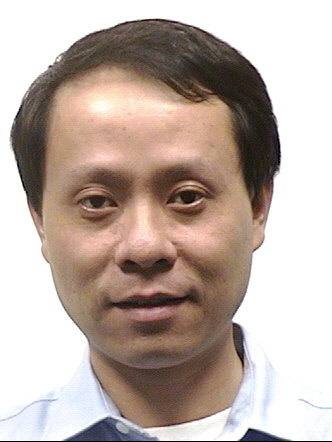Program Information
CT Protocols Optimization Using Model Observer
H TSENG1*, J Fan2 , M Kupinski3 , (1) University of Arizona, Tucson, AZ, (2) CT Systems Engineering, GE Healthcare, Waukesha, Wisconsin, (3) Univ Arizona, Tucson, AZ
Presentations
SU-F-207-16 (Sunday, July 12, 2015) 4:00 PM - 6:00 PM Room: 207
Purpose:To quantitatively evaluate the performance of different CT protocols using task-based measures of image quality. This work studies the task of size and the contrast estimation of different iodine concentration rods inserted in head- and body-sized phantoms using different imaging protocols. These protocols are designed to have the same dose level (CTDIvol) but using different X-ray tube voltage settings (kVp).
Methods:Different concentrations of iodine objects inserted in a head size phantom and a body size phantom are imaged on a 64-slice commercial CT scanner. Scanning protocols with various tube voltages (80, 100, and 120 kVp) and current settings are selected, which output the same absorbed dose level (CTDIvol). Because the phantom design (size of the iodine objects, the air gap between the inserted objects and the phantom) is not ideal for a model observer study, the acquired CT images are used to generate simulation images with four different sizes and five different contracts iodine objects. For each type of the objects, 500 images (100 x 100 pixels) are generated for the observer study. The observer selected in this study is the channelized scanning linear observer which could be applied to estimate the size and the contrast. The figure of merit used is the correct estimation ratio. The mean and the variance are estimated by the shuffle method.
Results:The results indicate that the protocols with 100 kVp tube voltage setting provides the best performance for iodine insert size and contrast estimation for both head and body phantom cases.
Conclusion: This work presents a practical and robust quantitative approach using channelized scanning linear observer to study contrast and size estimation performance from different CT protocols. Different protocols at same CTDIvol setting could result in different image quality performance. The relationship between the absorbed dose and the diagnostic image quality is not linear.
Contact Email:


